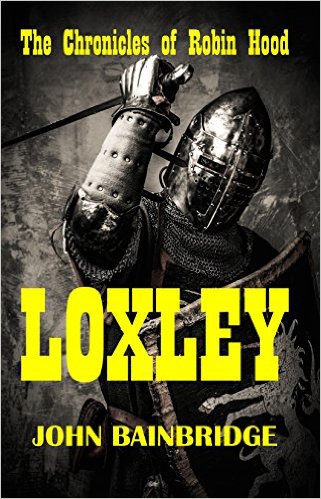I always like to root my plots and characters in a real landscape whenever that is possible. I might alter it, fictionalise it, or just change the odd feature – but I like to start with a reality. And at some point in my fiction I like to use an actual place I know, walk around it and imagine my characters playing out their adventures upon it.
I always knew, right from the beginning, that my Victorian thriller The Shadow of William Quest would come to a dramatic conclusion on Holkham Beach in Norfolk. And I knew that the final duel between my hero and villain in Balmoral Kill would have to be in some remote spot in the Cairngorms, though within easy reach of the royal residence of Balmoral Castle.
But I wasn’t sure where.
In all my Scottish stravaiging I had never been to Loch Muick (pronounced without the u), though I had read about it in my numerous Scottish books and looked at it on the map. It seemed an ideal location for the conclusion of a thriller.
So last summer, when we were staying in Ballater, we walked up to take a look, circling the loch and examining the wild mountains and tumbling rivers round about. Plotting a gunfight (even a fictional one) takes some care. I wanted it to be as probable and realistic as possible. This is, after all, a book about experienced assassins. I wanted the line of sight of every rifle to be exact.
We also had to check out the hills around. Both my hero and villain are great walkers and “walk-in” to places where they expect to see some action
And a beautiful wild place Loch Muick is. It was a favourite picnicking place of Queen Victoria, who used to linger for days on end at the lonely house of Glas-Allt-Shiel, in mourning for her beloved Prince Albert. Today’s royal family picnic there even now. The house is as I describe it in the book, as is the surrounding scenery. Believe me, I checked out those sightlines. Every shot described in the book could be taken in reality. Even now when I think of that loch and the Corrie Chash above it, I think of my characters being there. Sometimes they are all very real to me.
We also revisited Balmoral Castle (actually they only let you into the ballroom!), strolled through its grounds and examined the countryside round about. I was able to work out the exact routes taken by all of the characters who found themselves on the shores of Loch Muick on a late summer day in 1937.
Other areas of Scotland feature in the book too. I partly fictionalised the places I used in the Scottish Borders, though those scenes are based on the many walks I’ve done around Peebles, the Broughton Heights and Manorwater. In one flashback scene in the Highlands I have a character journey from Taynuilt and out on to the mighty twin peaks of Ben Cruachan, and then into the glens beyond, to kill a man in Glen Noe. Some years ago I did a lot of walking in that area and had considerable pleasure in reliving my journeys as I penned those scenes.
The book begins in London and journeys into the East End. I’ve walked the streets and alleys of Whitechapel, Stepney and Limehouse by day and night over the years. Balmoral Kill is set in 1937, so there has been a great deal of change in nearly eighty years. The East End was very badly bombed in the War and thoughtless planners have destroyed a lot more. But enough remains to give you the picture. Once more, I could take you in the steps of my characters through every inch of the places mentioned.
Very often going to these locations inspires changes to the writing. Balmoral Kill was half-written by the time we explored Loch Muick. The real-life topography of the place inspired me to make several changes to the novel’s conclusion.
And now I’m writing an historical novel set in the 1190s. The landscape where it is set has changed very considerably in the centuries since. So more imagination is needed, though I still try to root my scenes in reality.
As a walker as well as a writer I find going on research trips is the best way to conjure up locations with the written word.
If you haven’t yet read Balmoral Kill please do give it a try. It’s out now in paperback as well as in eBook form on Kindle. I’d be pleased to know what you think of it. And if you ever do get the chance do take the journey from Ballater up to Loch Muick. It’s well worth while.
Click on the link below to read Balmoral Kill.









